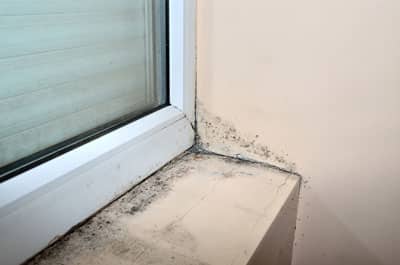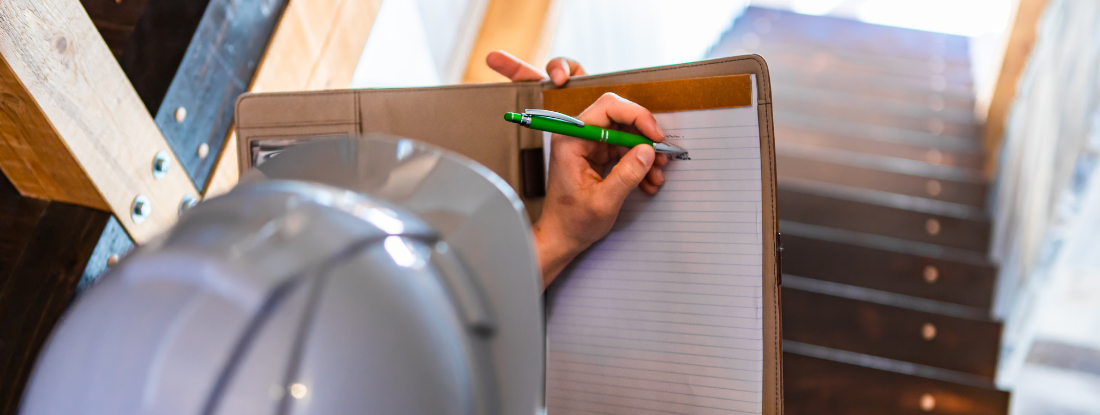Your Ultimate Guide to Post Mold Removal Methods
Browsing the world of post-mold removal strategies is a careful procedure that requires focus to information and a comprehensive understanding of the details involved. In the after-effects of mold infestation, understanding exactly how to efficiently eliminate the mold and avoid its reoccurrence is critical for preserving a healthy and balanced interior setting. From selecting the appropriate cleansing and disinfecting techniques to implementing approaches for long-term mold prevention, each step in the remediation trip plays a vital role in guaranteeing a successful result. As we get started on this expedition of post-mold remediation strategies, we will certainly discover the crucial approaches and ideal practices that can help you restore your room to its pre-mold problem and safeguard it against future mold and mildew risks.
Understanding Post-Mold Removal Process
After completing the mold remediation procedure, it is vital to understand the post-mold remediation strategies that are needed to make sure a efficient and comprehensive clean-up. Once the mold has actually been eliminated, the next step includes cleaning and decontaminating the impacted locations to protect against any type of regrowth of mold.
Additionally, performing a last evaluation post-remediation is vital to make sure that all mold and mildew has been effectively eliminated. If the evaluation discloses any type of lingering mold, added removal may be required.
Efficient Cleaning and Sanitizing Methods

Avoiding Future Mold Development

Value of Correct Ventilation
Appropriate ventilation plays an essential function in stopping dampness build-up, a key consider mold development within indoor atmospheres. Reliable air flow systems aid remove excess moisture from the air, minimizing the possibilities of mold and mildew spores discovering the dampness they require to spread out and sprout. Without adequate air flow, indoor areas can become a breeding ground for mold and mildew, causing possible health and wellness dangers and architectural damages.
By making certain proper air flow, air flow systems can likewise aid in drying damp areas much more swiftly after water damage or flooding events, better hindering mold growth. After mold remediation. Precede like restrooms, attics, kitchen areas, and cellars where wetness degrees tend to be higher, setting up and preserving efficient air flow systems is essential in avoiding mold and mildew problems

Tracking and Upkeep Tips
Offered the critical function that correct ventilation plays in stopping mold development, it is crucial to establish efficient tracking and maintenance suggestions to make sure the ongoing functionality of ventilation systems. Tracking moisture degrees within the building is likewise vital, as high humidity can contribute to mold growth. By remaining aggressive and mindful to the condition of ventilation systems, home owners can efficiently minimize the threat of mold and mildew regrowth and maintain a healthy indoor setting.
Final Thought
To conclude, post-mold remediation strategies are important for guaranteeing a risk-free and tidy atmosphere. Understanding the procedure, executing reliable cleansing and sanitizing methods, avoiding future mold and mildew development, keeping correct air flow, and regular monitoring are all important action in the removal process. By adhering to these guidelines, you can successfully eliminate mold and mildew and prevent its return, promoting a healthy and balanced living or functioning room for all passengers.
In the after-effects of mold and mildew invasion, understanding just how to properly eradicate the mold and prevent its reoccurrence is paramount for preserving a healthy and balanced interior environment. Once the mold has been gotten rid of, the following action includes cleaning and sanitizing the impacted locations to avoid any my latest blog post type of regrowth of mold and mildew - Post remediation mold testing near me. After getting rid of noticeable mold growth, it is crucial to clean up all surfaces in the damaged location to remove any remaining mold spores. To additionally improve mold avoidance steps, it is vital to deal with underlying concerns that at first led to mold advancement.Given the critical duty that appropriate air flow plays in protecting against mold growth, it is critical to develop reliable tracking and maintenance pointers to ensure the ongoing functionality of air flow systems